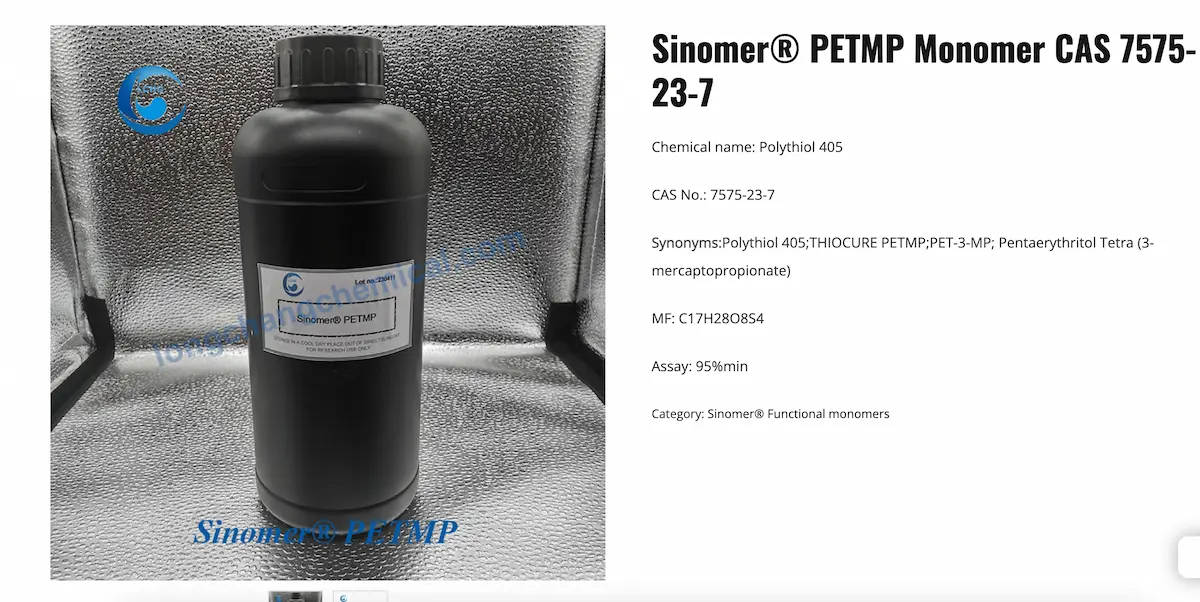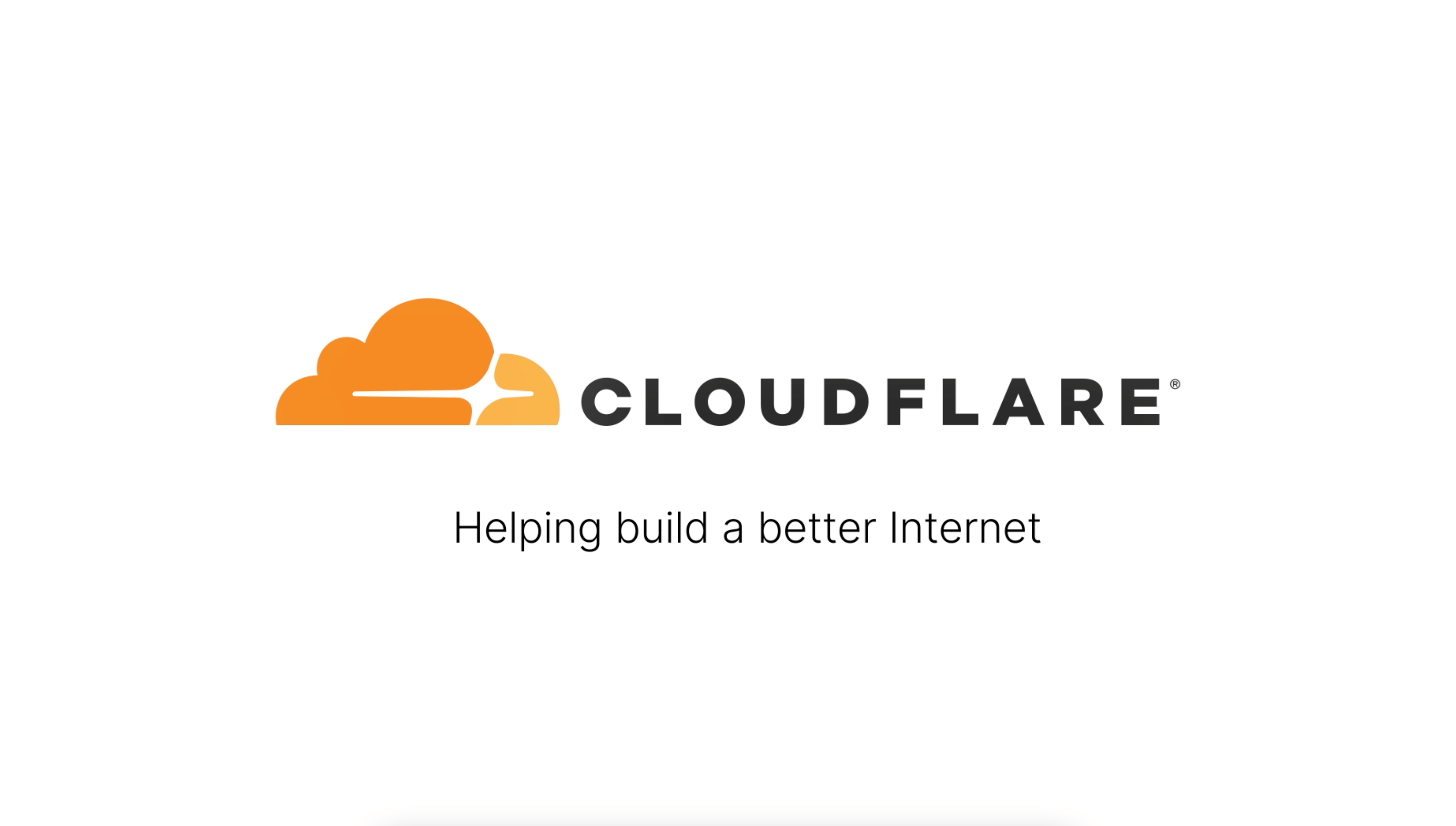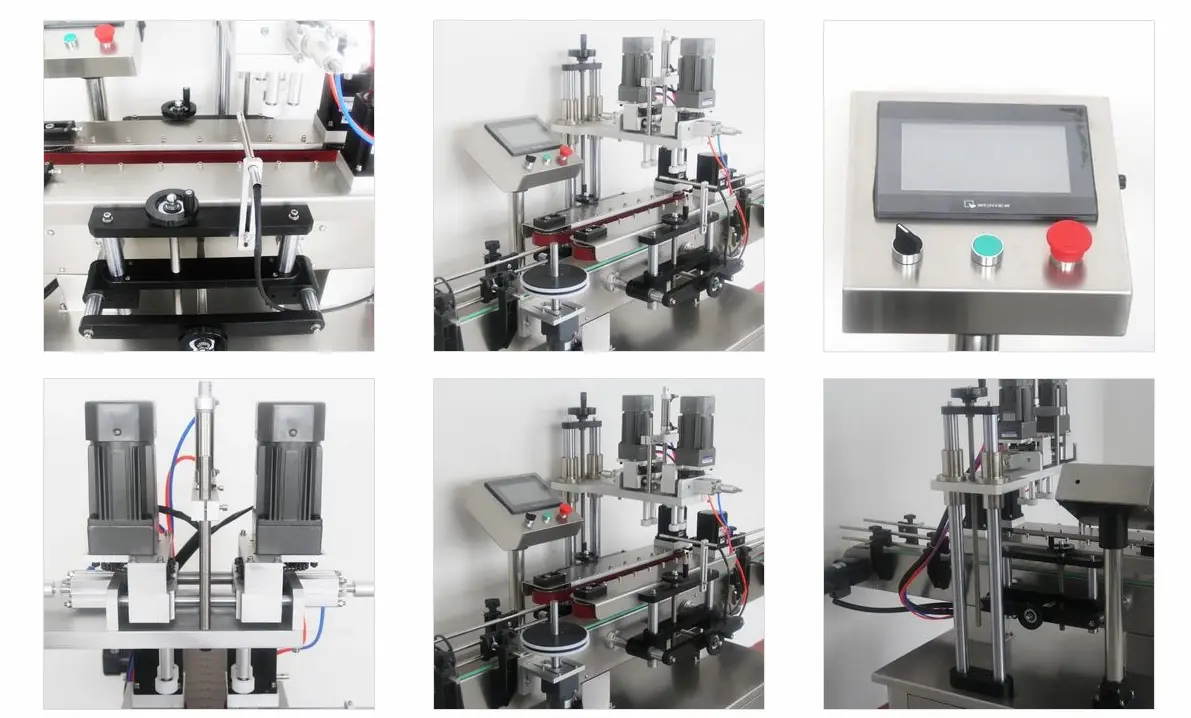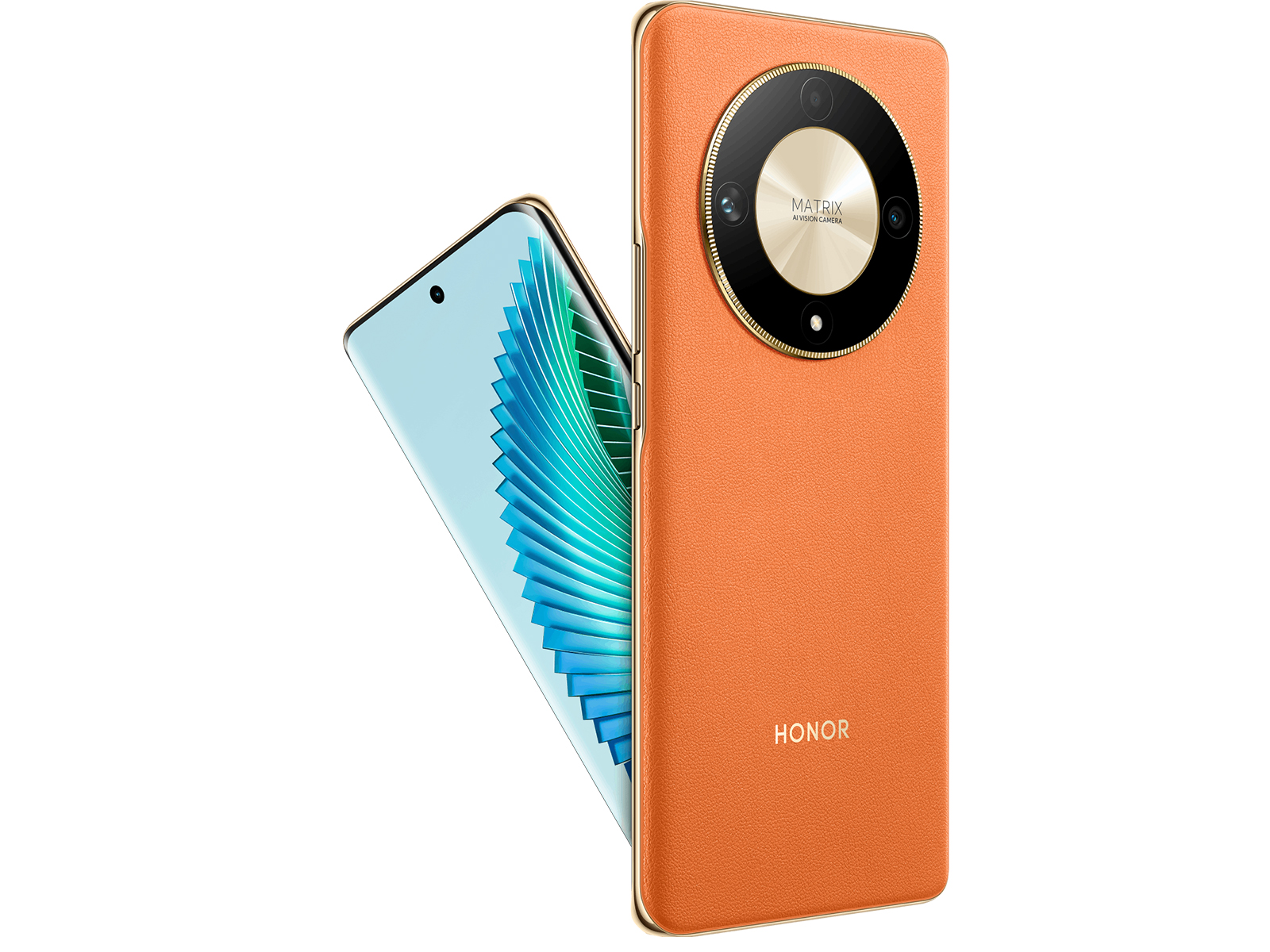Ever been curious about how some gadgets, appliances and products we use every day come together?
Chances are UV adhesives played an integral part in their assembly – curing when exposed to ultraviolet (UV) light makes these specialized adhesives game changers across industries such as electronics, automotive and medical devices where UV adhesives provide fast, efficient and environmentally friendly ways of bonding materials together quickly and efficiently.
We explore their extensive uses across sectors while outlining their key advantages and benefits in handyman practice.
What is UV adhesive?
UV adhesives are notable due to their wide array of applications across numerous industries, making them indispensable tools in modern manufacturing processes.
Their versatile use has revolutionized production lines by providing precise, strong and reliable bonding between diverse products.
If you understand their unique properties and advantages you’ll understand why UV adhesives have become such an indispensable resource in production today.
Before we explore its applications, let’s first understand what UV adhesives are. These glues contain special resins and photoinitiators which trigger chemical reactions upon exposure to UV light resulting in rapid curing processes which create solid bonds quickly – often within seconds or minutes!
UV adhesives offer manufacturers numerous advantages when it comes to the speed of curing.
While traditional adhesives take hours or days to set completely, UV adhesives achieve full bond strength almost instantaneously upon exposure to UV light – offering increased production efficiency and cost savings for manufacturers.
Can I Use UV Glue Without UV Light?
It is essential to remember that UV adhesives require UV light exposure to cure properly; otherwise, they remain liquid and unusable for bonding applications.
Luckily, there are ways of using these glues without direct UV exposure by employing special initiators or heating the area where you apply the glue – or by initiating its curing process using heat sources such as infrared heaters.
Adhesives of UV Coatings and Inks – PETMP
UV coatings and inks – PETMP, a key component is PETMP (pentaerythritol tetrakis(3-mercaptopropionate)). This unique compound acts as a multifunctional mercapto-ester, providing exceptional adhesion properties to UV-curable coatings and inks.
PETMP is widely used in formulations for UV-curable coatings and inks due to its ability to promote strong adhesion to various substrates, including plastics, metals, and glass. It enhances the overall performance and durability of these coatings and inks, making them suitable for a wide range of applications, such as printing, packaging, and industrial coatings.
Electronics Industry
UV adhesive technology has proved itself as one of the greatest assets to the electronics industry. UV glues play an essential part in bonding various components inside electronic devices together securely while protecting against environmental threats.
One key application of UV adhesives is bonding sensors, connectors, and other components to printed circuit boards (PCBs). They offer strong yet precise bonds while minimising electrical interference or short circuits.
Furthermore, UV adhesives are often employed as conformal coatings on PCBs and their components to protect them from moisture, dust, or other environmental threats, thus increasing the lifespans of electronic devices.
UV adhesives play a key role in the assembly process for LCDs, touch screens and other displays by joining all of their layers together, such as touch panels, polarizers and cover glasses.
Their optical clarity and precise bonding abilities make them the ideal solution.
According to recent market research findings, the global UV adhesives market for electronics applications is projected to reach $1.8 billion by 2027 with compound annual compounded annual growth rates of 7.2% over 2020-2027.
Automotive Industry
Automotive companies have recognized UV adhesives’ versatility as integral to vehicle construction. From glass, plastics and metals to bonded textiles and leather surfaces, UV glue has long been recognized for its ability to strengthen bonds between materials.
Furthermore, UV glue helps improve vehicle safety, aesthetics and performance – which all play key roles.
UV adhesives play an integral part in ensuring proper assembly of headlamps and lenses, providing precise alignment and secure bonding of optical components, and increasing visibility and safety on the road. Furthermore, they’re used for bonding interior trim components like dashboard panels, door handles and decorative elements for an uninterrupted, high-quality finish.
UV adhesives play an invaluable role in bonding glass, plastic and metal components of vehicles – from windshields and side windows to body panels and structural components. Their unparalleled strength and durability make them an invaluable choice when reliability and safety are of primary concern.
MarketsandMarkets’ report projects that the global automotive adhesives market size will reach $7.2 billion by 2025, with UV-curable adhesives representing an important segment (Source: MarketsandMarkets).
Medical Device Production
Within the medical industry, where precision and safety are of the utmost importance, UV adhesives have become indispensable tools.
Widely used in the production of disposable medical devices such as syringes, catheters and IV tubing due to their ability to bond various plastics effectively, UV adhesives play an essential part in producing them.
One application where UV adhesives have proven useful is in catheter assembly, where UV glue provides secure bonding of catheter tip, hub, and other components to ensure proper functionality and patient safety. They’re also often employed when bonding needles/cannulas to plastic housings for robust connections that provide robust reliability.
UV adhesives play an integral part in the production of diagnostic devices and medical equipment, providing strong bonds between plastic components while maintaining optical clarity and withstanding sterilisation processes.
MarketsandMarkets’ report predicts that the global medical adhesives market could reach $12.6 billion by 2025, with UV-curable adhesives playing an increasingly prominent role (source: MarketsandMarkets).
Packaging Industry
The packaging industry has taken to ultraviolet adhesives due to their ability to form strong, tamper-evident bonds on various materials like plastics, metals and paperboard. UV adhesives have proven invaluable when used as label and seal bonding adhesives ensuring product integrity and security.
Food and beverage industries rely heavily on UV adhesives as an integral part of packaging products securely, including seals and closures with tamper-evident features, providing visual indicators to alert them if anyone attempts any tampering or unauthorised entry. Furthermore, UV glue is used for carton assembly assemblance ensuring reliable packaging of various products.
Adhesives of UV coatings offer increased production efficiency in packaging operations, decreasing downtime and improving productivity. Furthermore, their versatility in bonding various materials makes them suitable for industry applications.
Grand View Research recently issued a report projecting that the global UV adhesives market for packaging applications will reach $2.1 billion by 2028, growing at an expected compound annual compound growth rate of 8.1% between 2021-2028.
Optics
They’re widely employed during the assembly or manufacturing of various optical components such as lenses, prisms, mirrors, or fibre optics.
One application of UV adhesives is lens bonding and coating, where they ensure precise alignment and secure bonding of lens elements while maintaining optical clarity and minimizing distortion. Furthermore, these adhesives can also be used in fibre optic assembly applications; bonding together and protecting delicate fibre optic connectors used in telecom and data transmission services.
UV adhesives play a critical role in the creation of scientific instruments, such as microscopes and telescopes, using prisms, mirrors, and other optical components for accurate alignment and secure connections.
Optics manufacturers require UV adhesives due to the need for precision bonding, optical clarity, and protection from environmental conditions such as temperature variations and humidity changes.
Sporting Goods
The sporting goods industry has also come to depend on UV adhesives due to their ability to bond various materials used in the construction of sports equipment and protective gear together, improving performance, safety and durability in terms of both performance, durability and performance.
UV adhesives are an integral component in the production of golf clubs, tennis rackets, and other sports equipment made of composite materials, as they bond individual layers together for a strong and reliable structure. Furthermore, these UV glues serve as protective coatings on helmets and goggles to provide impact resistance and safeguard athletes against potential injuries.
UV adhesives can also be used to secure shoe components like outsoles, midsoles and uppers to athletic footwear, contributing to its durability and performance.
UV adhesives have long been a top choice among sports industries for strong, lightweight bonding solutions that can stand up to physical activities and harsh weather conditions. UV adhesives offer ideal solutions that meet this criterion while remaining light enough for daily athletic practices and events.
Aerospace and Transportation
UV adhesives have quickly gained acceptance within both industries due to their ability to securely bond lightweight composite materials used in aircraft, spacecraft, and vehicles.
UV glues offer significant weight-cutting, fuel economy savings, and safety advantages that cannot be overemphasized.
UV adhesives play a key role in the aerospace industry by bonding composite structures like wings, fuselages, and other aircraft components together securely while also providing reliable support and reducing weight. Furthermore, these UV adhesives can also be used in decorative coating applications for aircraft interiors and exteriors that enhance their visual appeal.
UV adhesives have long been utilized in the transportation sector to secure interior trim components like dashboards, door panels, and seats – creating an aesthetically pleasing finish – as well as lightweight composite materials used in lightweight vehicles that reduce emissions while improving performance and emissions.
Aerospace and transportation industries require UV adhesives as part of their bonding solutions to withstand flight and transportation while meeting stringent safety and performance criteria. UV adhesives offer this necessary solution.
Emerging Applications
UV adhesives have quickly become indispensable tools in various industries, yet their potential remains vast. Researchers and innovators continue to discover new applications where UV adhesive technology can be utilized.
One exciting area of study lies within 3D printing and additive manufacturing. UV adhesives show promise in bonding 3D-printed components together, increasing strength and durability of printed structures, as well as being considered for biomedical uses such as tissue engineering or regenerative medicine.
As technology evolves, UV adhesives will likely find new applications across a range of industries and be utilized for even more purposes than before.
Final Thoughts
UV adhesives have demonstrated their worth across numerous industries, revolutionizing production processes and producing top-quality, long-term products that stand the test of time. From electronics and automotive to medical devices and sporting goods – UV adhesives offer numerous advantages in terms of speed, strength, precision and environmental friendliness that no other adhesives can match.
Are You A Manufacturer, Product Developer or Handyman Services Provider in London? Exploring UV adhesives’ potential could be game-changing! Leveraging their unique properties could streamline production, improve product quality and allow your organization to stay ahead of an increasingly competitive market.




